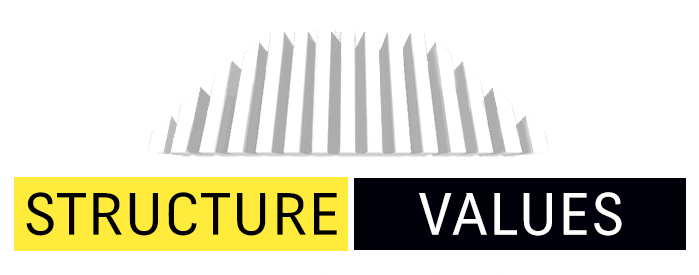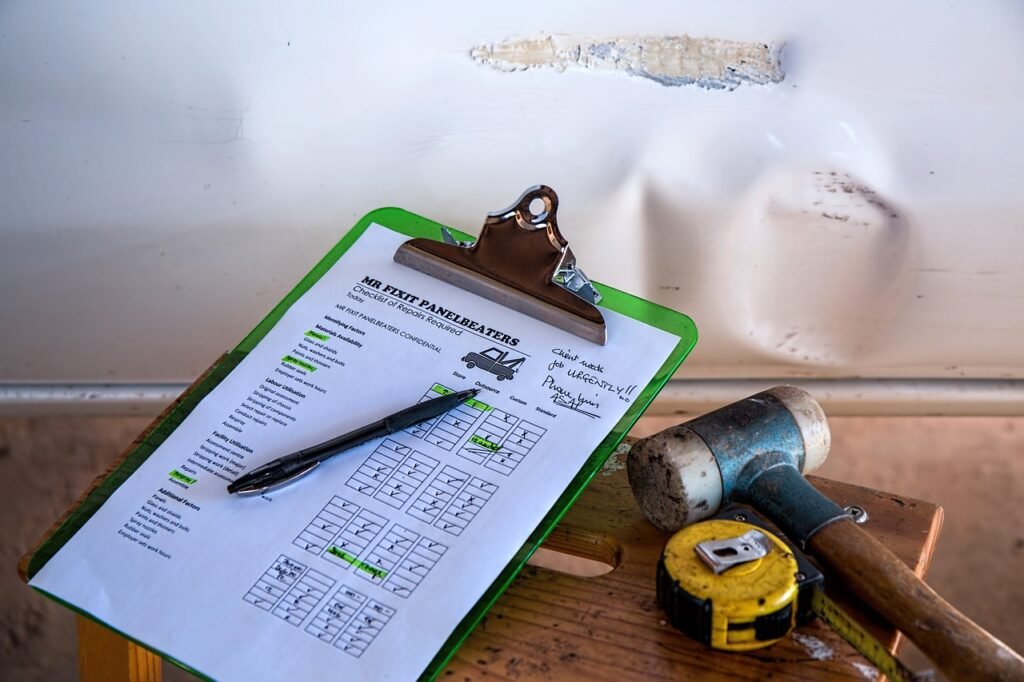
Construction estimation is the process of determining the cost of a construction project. It is a complex and challenging process, but it is essential for ensuring that a project stays on budget. Construction projects are complex endeavors that require careful planning, precise budgeting, and accurate cost estimation. In the USA, where the construction industry is booming, construction estimation services play a crucial role in ensuring the success of projects, whether residential, commercial, or infrastructure-related. This comprehensive guide will delve into the world of construction estimation services, covering everything from the importance of accurate estimates to the tools and techniques used for cost analysis.
Accurate construction cost estimation is a crucial step in any building project, whether it’s a residential home or a commercial development. Getting the estimates right ensures that your project stays on budget and avoids costly surprises down the road.
Understanding Construction Estimation
Construction estimation is the process of predicting the costs associated with a construction project before it begins. It involves assessing various factors, such as materials, labor, equipment, and overhead, to arrive at a realistic budget. Accurate construction estimates are vital as they provide a roadmap for project financing, resource allocation, and decision-making.
Importance of Accurate Construction Estimates
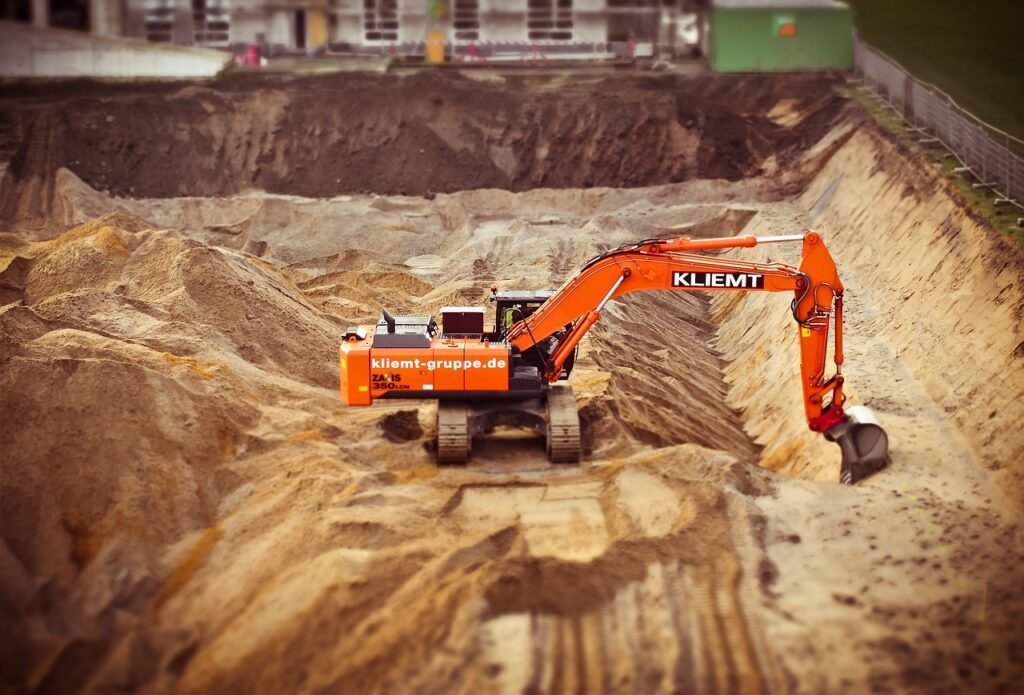
Accurate construction estimates serve as the foundation for a successful project. Here’s why they are crucial:
1. Budget Planning
Accurate estimates allow project managers to plan budgets effectively, preventing cost overruns and financial strain. Accurate construction estimates serve as the foundation for effective budget planning. When a construction project is initiated, there are numerous expenses to consider, including materials, labor, equipment, permits, and overhead costs. Without a reliable estimate, it’s challenging to allocate funds appropriately. Accurate estimates enable project managers to create a realistic budget that covers all necessary expenses, helping to prevent cost overruns and financial strain.
2. Resource Allocation
Proper estimation helps allocate resources such as materials and labor efficiently, minimizing wastage. Proper resource allocation is essential for the efficient execution of a construction project. Accurate estimates not only provide a clear picture of the overall cost but also break down costs by category, such as materials, labor, and equipment. With this information, project managers can allocate resources effectively. For example, they can order the right quantity of materials, schedule labor hours efficiently, and avoid unnecessary expenses, ultimately minimizing resource wastage.
3. Client Confidence
Reliable estimates build trust with clients, showcasing professionalism and commitment to delivering within the agreed budget. Accurate estimates contribute significantly to building trust and confidence with clients. When clients receive a well-documented and accurate estimate, it demonstrates the professionalism and expertise of the construction team. Clients are more likely to choose a contractor or construction company that can provide a detailed and reliable estimate because it shows a commitment to transparency and the ability to deliver within the agreed-upon budget. Client satisfaction is crucial for maintaining a positive reputation in the industry.
4. Bid Competitiveness
For contractors bidding on projects, accurate estimates enhance competitiveness and increase the chances of winning contracts. In the competitive world of construction contracting, accurate estimates are essential for winning bids. When contractors submit bids for projects, clients often evaluate the estimates carefully. Contractors with precise estimates that align with the project’s scope and requirements are more likely to win contracts. Accurate estimates not only make bids more competitive but also reduce the risk of underbidding, which can lead to financial losses if the project is awarded.
Factors Affecting Construction Costs

Construction costs can vary significantly based on several key factors. Whether you’re estimating costs for a residential or commercial project, these factors play a crucial role:
1. Location and Site Conditions
The geographical location of a construction project plays a substantial role in cost determination. Urban areas tend to have higher labor and material costs than rural areas. Additionally, site-specific conditions such as soil quality, accessibility, and terrain can affect construction costs. Projects in challenging or remote locations may incur additional expenses for transportation and logistics.
2. Project Scope and Complexity
The complexity of the project, including its size, design intricacy, and unique features, can greatly influence costs. Highly customized or architecturally demanding designs often require specialized materials and labor, which can drive up expenses. Simpler, standardized designs are generally more cost-effective.
3. Materials and Availability
Material costs are a significant factor in construction budgets. Fluctuations in the prices of materials like steel, concrete, lumber, and petroleum-based products can directly impact construction costs. Additionally, the availability of specific materials in a given region can affect both cost and project timeline.
4. Labor Costs and Availability
Labor is a major component of construction costs. Their rates can vary by region due to factors such as demand for skilled labor, labor union agreements, and prevailing wage laws. Labor shortages can also drive up wages, impacting overall project costs.
5. Design Changes and Scope Creep
Frequent design changes or scope creep during the construction phase can lead to cost increases. Each change may require adjustments to plans, materials, labor, and timelines, all of which can add to the project’s overall cost.
6. Seasonal Considerations
Weather and seasonal variations can impact construction costs. In regions with harsh winters, construction may be limited during colder months, potentially extending project timelines and increasing costs. Weather-related issues can also affect material availability and construction schedules.
7. Economic Factors
Economic conditions, including inflation rates and interest rates, can significantly affect construction costs over time. High inflation can lead to rising material and labor costs, while fluctuations in interest rates can impact financing costs for projects.
Types of Construction Estimation Services
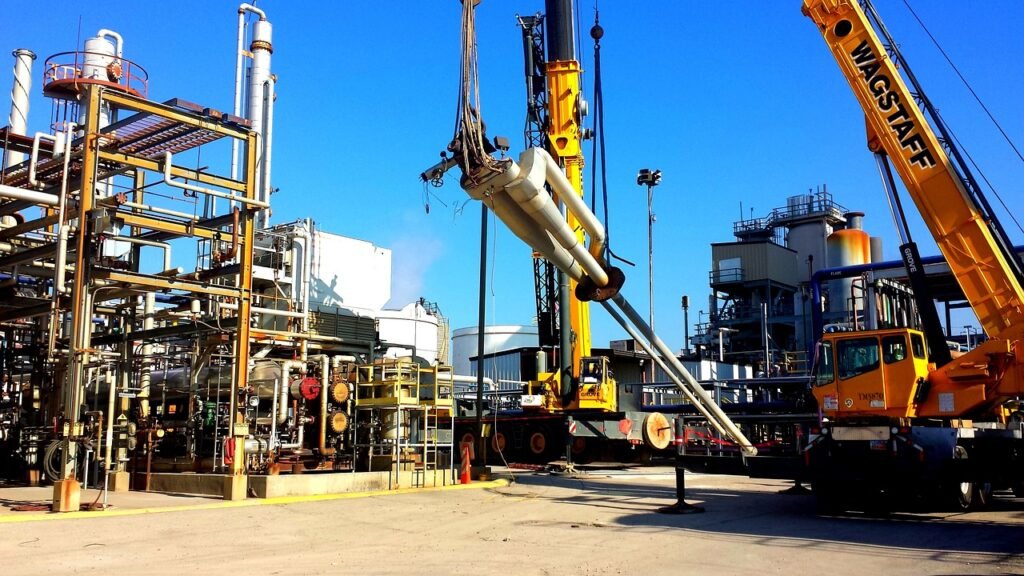
Construction estimation can be broadly categorized into three types:
1. Preliminary Estimate
- Purpose: Preliminary estimates, often referred to as “ballpark estimates,” are the initial cost projections made during the early stages of a construction project, typically based on limited information.
- Use: These estimates are crucial for project feasibility studies and early planning. They help stakeholders decide whether to proceed with a project by providing a rough idea of its potential costs.
- Accuracy: Preliminary estimates are less accurate than later-stage estimates because they rely on minimal project details. They are usually expressed as a wide range of costs (e.g., $5 million to $7 million) to account for uncertainty.
2. Detailed Estimate
- Purpose: Detailed estimates are created as a construction project progresses and more comprehensive information becomes available. They provide a refined and more accurate view of project costs.
- Use: These estimates are used for budgeting, resource allocation, and decision-making. They serve as a basis for obtaining project financing and for making informed choices throughout the project lifecycle.
- Accuracy: Detailed estimates are highly accurate because they incorporate specific project details, such as precise quantities of materials, labor rates, equipment costs, and overhead expenses. They are typically expressed as a single, specific cost figure.
3. Bid Estimate
- Purpose: Bid estimates are created by contractors and subcontractors when competing for construction contracts. They are tailored to match the project’s requirements and specifications.
- Use: Contractors use bid estimates to determine how much they should charge for their services and to submit competitive bids to potential clients or project owners. Winning bids are typically based on estimates that are both competitive and profitable.
- Accuracy: Bid estimates need to be as accurate as possible to ensure that the contractor can complete the project within the estimated cost and still make a profit. Contractors consider various factors, including materials, labor, equipment, subcontractor costs, and their own overhead expenses when creating bid estimates.
Tools and Techniques for Construction Estimation Services

Several tools and techniques aid construction estimation services in the USA:
1. Building Cost Calculators
- Purpose: Building cost calculators are online tools or software that provide quick and basic cost estimates based on project parameters such as size, location, and building type.
- Use: They are valuable for initial assessments, allowing users to get a rough idea of project costs in a matter of minutes.
- Accuracy: Building cost calculators are less accurate than more advanced software and techniques because they provide ballpark figures and don’t consider specific project details.
2. Estimation Software
- Purpose: Estimation software is specialized software designed for comprehensive cost analysis. It allows for detailed breakdowns of expenses and advanced calculations.
- Use: Construction professionals use estimation software to create accurate and detailed estimates that consider all aspects of a project, including materials, labor, equipment, and overhead.
- Accuracy: Estimation software is highly accurate when configured correctly and when it takes into account up-to-date pricing data and project-specific details.
3. Historical Data Analysis
- Purpose: Historical data analysis involves reviewing past construction projects to identify cost patterns and trends. It helps in making informed estimations for similar future projects.
- Use: Construction estimators and project managers use historical data to benchmark costs and assess how various factors might impact the current project.
- Accuracy: The accuracy of historical data analysis depends on the quality and relevance of the data. When based on comprehensive and recent project data, it can provide valuable insights for cost estimation.
4. Quantity Takeoffs
- Purpose: Quantity takeoffs involve calculating the quantities of materials and resources needed for a construction project. This information is crucial for estimating costs accurately.
- Use: Construction professionals use quantity takeoffs to determine the exact quantities of materials, labor hours, and equipment required for each aspect of the project.
- Accuracy: The accuracy of quantity takeoffs depends on the precision of the measurements and the quality of the project plans and drawings.
5. Cost Indexing
- Purpose: Cost indexing adjusts cost estimates to account for changes in economic conditions, such as inflation or fluctuations in material prices.
- Use: Construction estimators use cost indexing to ensure that estimates remain realistic over time and reflect the current economic environment.
- Accuracy: Cost indexing can enhance the accuracy of long-term estimates by accounting for economic changes that may impact project costs.
Challenges in Construction Estimation Services

Construction estimation services face various challenges:
1. Uncertain Market Conditions
- Challenge: The construction industry is influenced by economic factors such as inflation, fluctuating material prices, and labor market conditions. These uncertainties can make it challenging to accurately predict project costs.
- Impact: Unforeseen changes in market conditions can lead to cost overruns, which can strain project budgets and timelines.
2. Design Changes
- Challenge: Construction projects often undergo design changes or modifications during the planning and construction phases. These changes can significantly impact the accuracy of initial estimates.
- Impact: Alterations to the project scope or design can lead to additional costs, delays, and the need to revise estimates, potentially causing budget and scheduling issues.
3. Labor and Skill Shortages
- Challenge: Shortages of skilled labor in the construction industry can drive up labor costs. Additionally, competition for skilled workers can be fierce, affecting wage rates.
- Impact: Higher labor costs can strain project budgets, and a lack of skilled workers can lead to delays and quality issues.
Best Practices for Accurate Construction Estimates
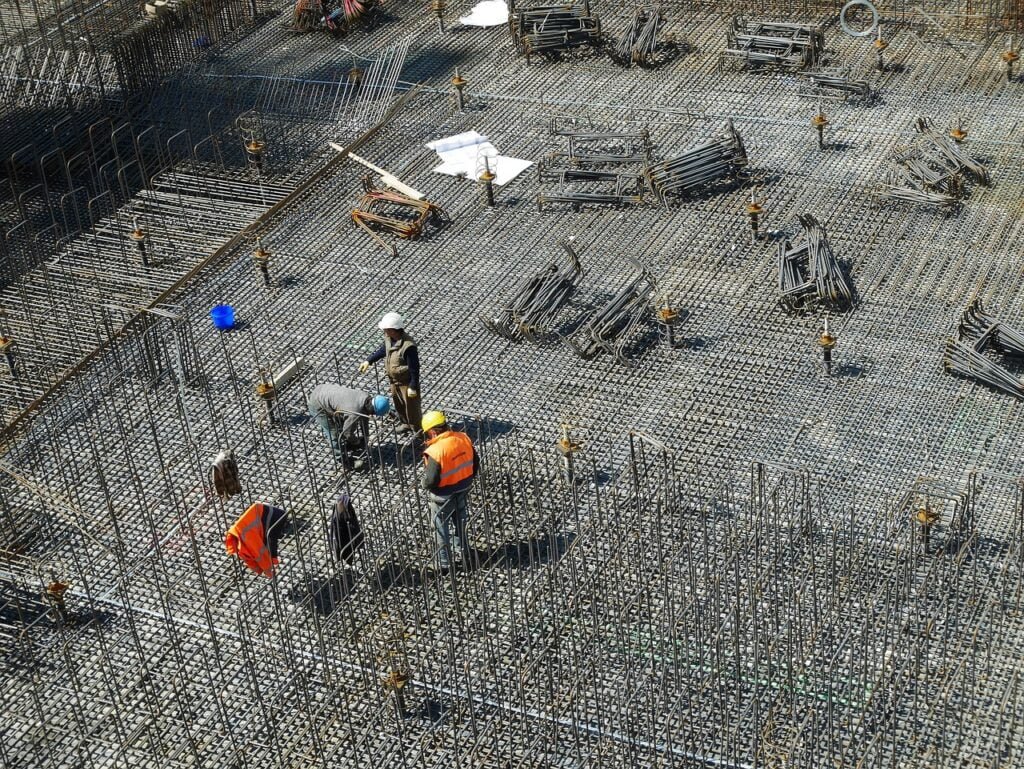
1. Detailed Project Scope
- Practice: Clearly define the project scope, including all aspects of the work to be performed. This should encompass project objectives, specifications, materials, quality standards, and any special requirements.
- Importance: A well-defined project scope reduces ambiguity and minimizes the risk of overlooking critical components. It ensures that the estimate includes all necessary elements, leading to more accurate cost projections.
2. Comprehensive Data Collection
- Practice: Gather comprehensive and up-to-date data for all cost elements. This includes current material prices, labor rates, equipment costs, and overhead expenses. Regularly update this data to reflect market changes.
- Importance: Accurate data is the foundation of precise estimates. Using outdated or inaccurate information can lead to cost discrepancies and potentially costly errors.
3. Consult Experts
- Practice: Collaborate with experts in various fields, including engineers, architects, and experienced estimators. Their insights can help refine cost estimates, identify potential challenges, and offer valuable input on project complexities.
- Importance: Expert consultation enhances the accuracy of estimates by bringing specialized knowledge and experience to the process. Experts can provide guidance on technical aspects, alternative materials, and cost-saving strategies.
4. Regular Updates
- Practice: Continuously update and refine estimates as the project progresses and more information becomes available. Regularly review the estimate to ensure it aligns with the evolving project scope and requirements.
- Importance: Construction projects are dynamic, and circumstances can change. Regular updates help maintain the accuracy of estimates by accounting for modifications, unexpected developments, and shifting market conditions.
Construction Estimation Trends in the USA

In the rapidly evolving construction industry, trends in estimation are emerging:
1. Digitalization and Building Information Modeling (BIM)
- Trend: The adoption of digital technologies, including Building Information Modeling (BIM), is transforming the construction estimation process. BIM allows for the creation of 3D models that integrate various project elements, including architectural, structural, and MEP (mechanical, electrical, plumbing) systems.
- Impact: BIM tools enable more accurate quantity takeoffs and cost estimations by providing a visual representation of the project. This not only enhances the precision of estimates but also supports better collaboration among project stakeholders, leading to improved project outcomes.
2. Data Analytics and Big Data
- Trend: Data analytics and the use of big data are becoming increasingly important in construction estimation. Contractors and estimators are harnessing data from past projects, market trends, and economic indicators to refine their cost projections.
- Impact: Data-driven estimation allows for more informed decision-making. Estimators can identify cost patterns, optimize resource allocation, and make adjustments based on historical cost data. This trend empowers construction professionals to adapt to changing market conditions and make accurate predictions.
3. Sustainable and Green Building Estimation
- Trend: Sustainable and green building practices are gaining prominence in the construction industry. Estimators are factoring in the costs associated with environmentally friendly materials, energy-efficient systems, and sustainable construction practices.
- Impact: Estimating for sustainable construction involves assessing the lifecycle costs of eco-friendly choices. While upfront costs may be higher, these practices often result in long-term savings and environmental benefits. Accurate estimation helps clients understand the value of sustainable construction and make informed decisions.
Conclusion
Accurate construction estimation services are the cornerstone of successful construction projects in the USA. With the right tools, techniques, and expertise, professionals in the industry can navigate the challenges and deliver projects within budget. As the construction landscape continues to evolve, embracing emerging trends and best practices will ensure that construction estimation remains a reliable guide for project success.
By understanding the factors that influence costs, employing the right estimation methods, and leveraging technology, you can ensure that your project stays within budget and progresses smoothly. Whether you’re a homeowner planning a renovation or a developer working on a large-scale project, taking the time to estimate costs accurately is an investment that pays off in the long run.
